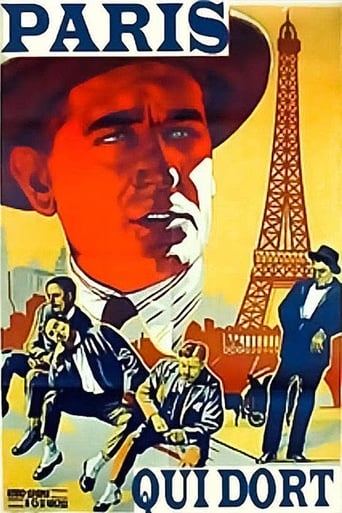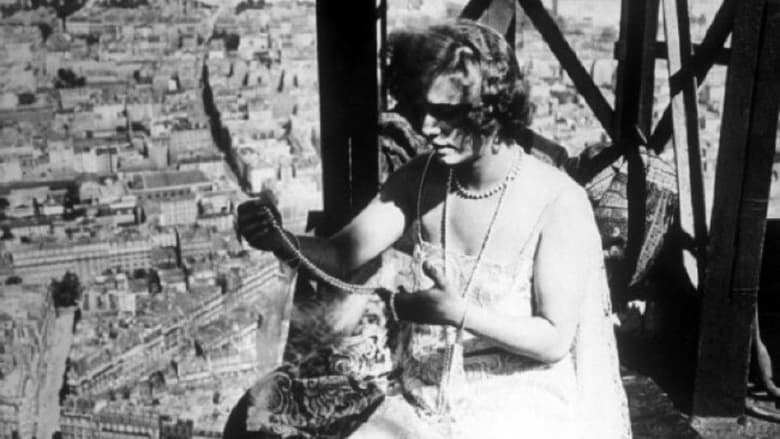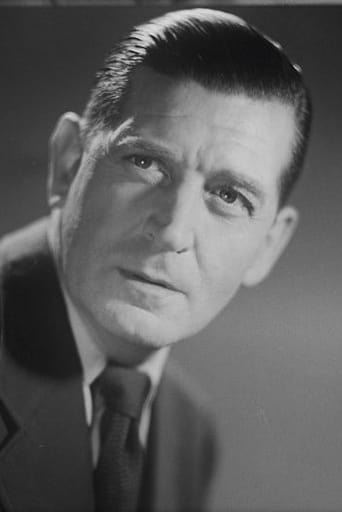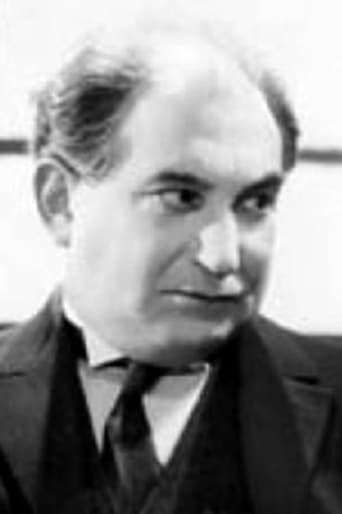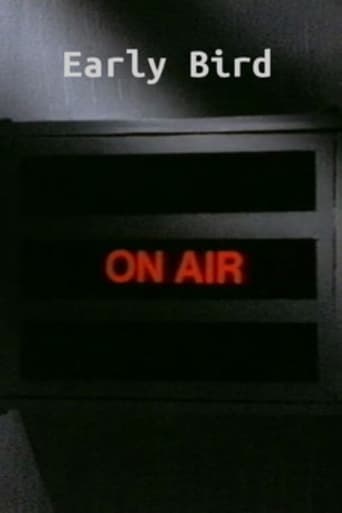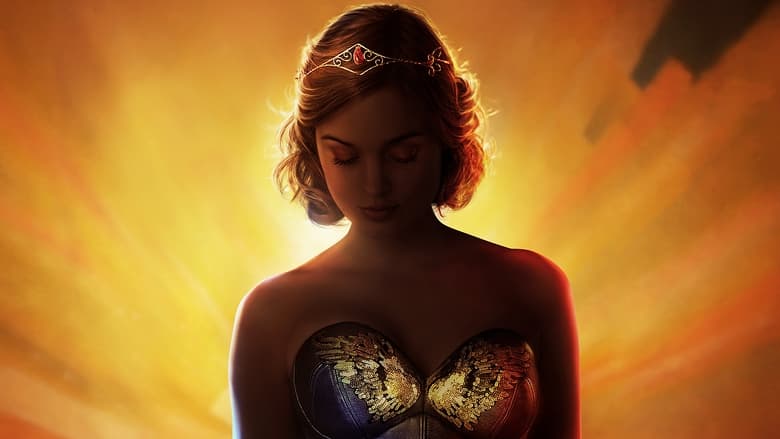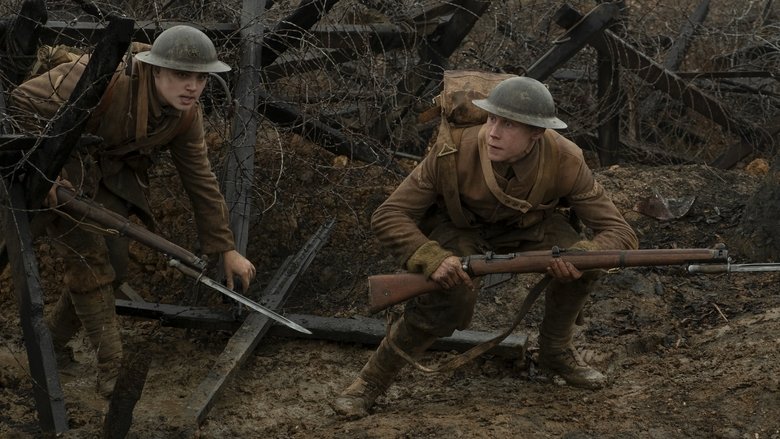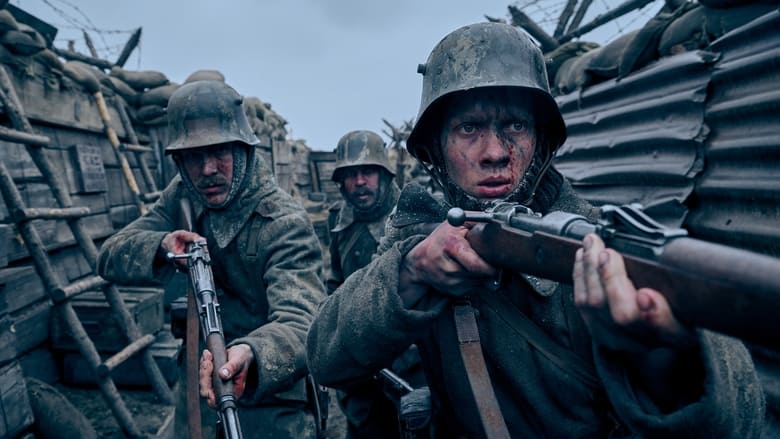A night watchman on the Eiffel Tower wakes up to find the entire population of the city frozen in place.


Similar titles
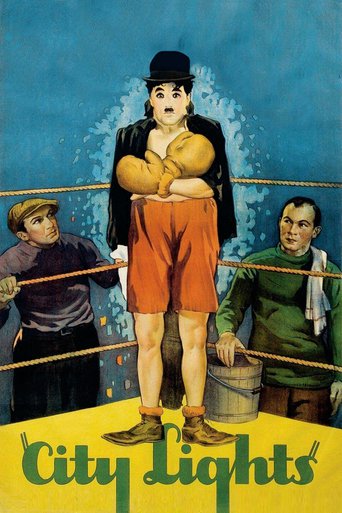
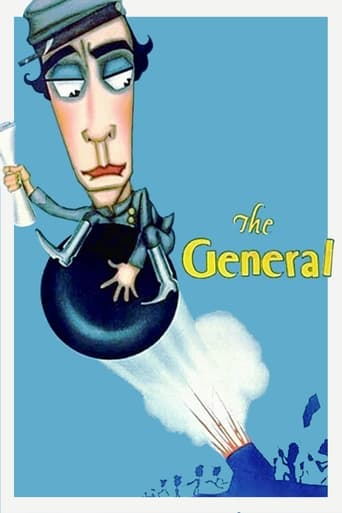
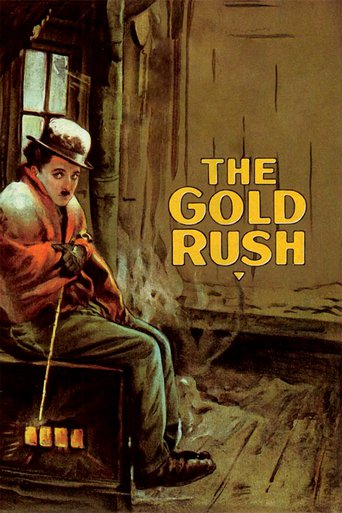
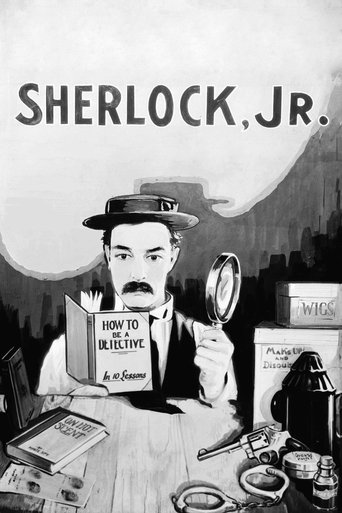
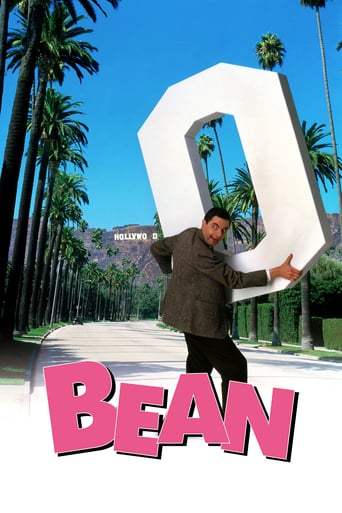
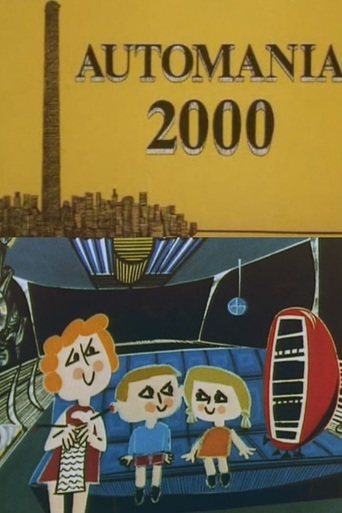
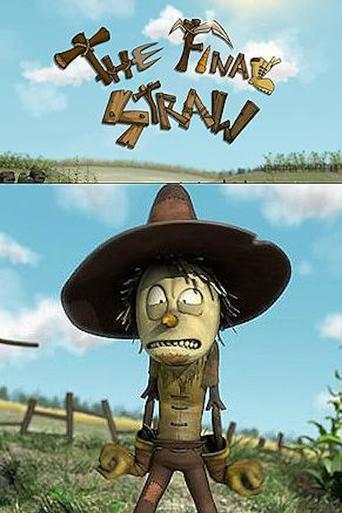
Reviews
"Paris qui dort" is a French science fiction drama movie from over 90 years ago. It is a very early career effort by René Clair, who is considered among France's most influential filmmakers of all time. It is of course black-and-white and also still a silent movie. I have to say I liked it early on when it really focused on the mad scientist putting (almost) the entire city of Paris into stasis. When the police officer walks around and sees all the people who are apparently stunned. Unfortunately the film later on loses itself in pointless conversations and people randomly playing cards instead of convincingly elaborating on that interesting plot idea. Also the ending did not really do too much for me. As a whole, I would not recommend it, although this 34-minute film certainly has a couple interesting moments.
Sadly, I found that this film seriously outstayed its interest; it starts off well with an intriguing concept, that of the lone survivor in a mysteriously abandoned city, and develops this into a socio-comic commentary on the worthlessness of money and valuables in unlimited supply, compared to the real necessities of life. The handful of survivors who find each other become bored of their effortless scroungers' existence and start quarrelling among themselves -- saved only by the arrival of the long-awaited signal from the outside world.Thus far, thus John Wyndham (there are strong parallels here with the novel "The Day of the Triffids"). This silent film is somewhat heavy on its use of intertitles (which do inevitably suffer in translation), is not especially distinguished in its acting and as a comedy not particularly funny. But, having explained away preceding events by invoking a mad professor and then wound up his story by an 'and then they all went back to their previous lives' scene, the film-maker then commits the cardinal error of pressing the reset button -- or in this case, throwing the freeze-ray switch yet again. And again.We get a whole new segment of story driven by the financial travails of only two of the previous five characters, who can't face being poor after having had the whole city to glean from and decide to freeze everybody again so that they can rob them. Only the professor notices, so he reverses the switch yet again... demonstrates to his disbelieving colleague, jerking everybody on and off... the world 'compensates' by being cranked extra fast, Keystone-fashion... and the whole thing descends into slapdash tedium of a fairly primitive kind, which has ceased some time earlier to be entertaining. More or less the entirety of the second half of the film could have been cut (from the young couple parting outside the Eiffel Tower straight to the finding of the ring), and only to its improvement.This film was shown in a double-bill with Buster Keaton's "Three Ages", a film shot in the same year and similarly using camera trickery (what must be one of the earliest animated cartoon sequences featuring a live actor). The comparison was not at all to the favour of "Paris qui dort", alas, which dragged terribly and came across as much more wordy and primitive; it's not entirely fair to judge it against an action comedy, but it is in the frenetic action sequences that this film is the weakest. One gets the impression that the director had just run out of ideas. By the ending of the film I was seriously bored; the Keaton, despite a poor print, woke up the audience (in at least one case, literally) like a shot.
One has to love these early shorts -- look at the freedom that existed to film more or less whatever subject crossed the artist's mind. And at the self-reference: in the narrative, the characters have the freedom to do more or less whatever crosses their minds. The film itself is the work of a 'mad scientist' about the experiment of the mad scientist within.The construction is both simple and deeply abstract: we begin with a lone figure against the backdrop of Paris architecture, which grows increasingly populated by statuesque mimes, who are manipulated by animated mimes. The movie ends when the level of abstraction is removed. Clearly what have here is a work that is conceived from start to finish as a visual story...something so influential that has survived the test of time, in ways that so many other 'experiments' did not. Modern borrowings from this are found in 'Devil's Advocate', 'Dark City', 'Abre Los Ojos/Vanilla Sky'...
The most loveable of all silent masterpieces. It took years for Surrealism to finally mature in the cinema as a powerful artistic presence, as in 'Vertigo', 'Le Samourai' or the late films of Cocteau (of whom much of the imagery of frozen citizens in this is reminiscent). The official Surrealist films of the 1920s, with the exception of Bunuel's, were usually childish trickery, rather than a valid way of looking at, or undermining the world. 'Paris Qui Dort' is different, delicate, beautiful, elegant and funny, it turns reality inside out, making reality a dream, and dream a reality (see the wonderful sequence where the bewildered hero, having roamed through an enchanted Paris, can only find the 'real' city in his head).It is such a lovely idea, the whole of Paris enchanted by sleep, except for those in the air. The hero, due to bad luck, has to live on top of the Eiffel Tower, already cut off from a social context, as with the 'Wizard of Oz'-like band of acquaintances he strikes up - an aviator, an English detective, a notorious criminal, an independent woman (it IS the 1920s!), a blustering tycoon, a mad scientist and his daughter. These are the kind of people who would see life as unreal anyway. The question is: is the city of Paris, with its social order of work, crime and play, dreaming of these outsiders, who play out its desires of independence, wealth, power, freedom; or is it the other way round?For the Surrealists, there was no need to heighten life - it was strange enough as it was. By placing the picture-postcard Paris in a fantastical context; by emphasising the hidden geometry of the city and its buildings; by showing a city, built by people for people, without people, Clair suggests a sublimely suspended dream place, like Tir na nOg, where people never grow old.Tellingly, the old human foibles - greed, lust, jealousy, ennui etc. - threaten to destroy the freedom of the new social order even as it subverts the old one based on those foibles. But Clair subverts this world anyway by revealing the power of film, as the Professor's power over life and movement is Clair's power over his cinematic apparatus, capturing a Paris that sleeps, that never has to die, or admit debilitating transience, by capturing it on his camera. It's only a dream, just as the cinema is a dream before we go back out into the rain, relationships, bills, health. Sometimes you wish time would stop, that the inevitability of progress, and its immovable corollary, decline, could be averted. Clair is the most beloved of the Surrealists, because he knows knockabouts and chases are far more eloquent than portentous, 'meaningful' images.
